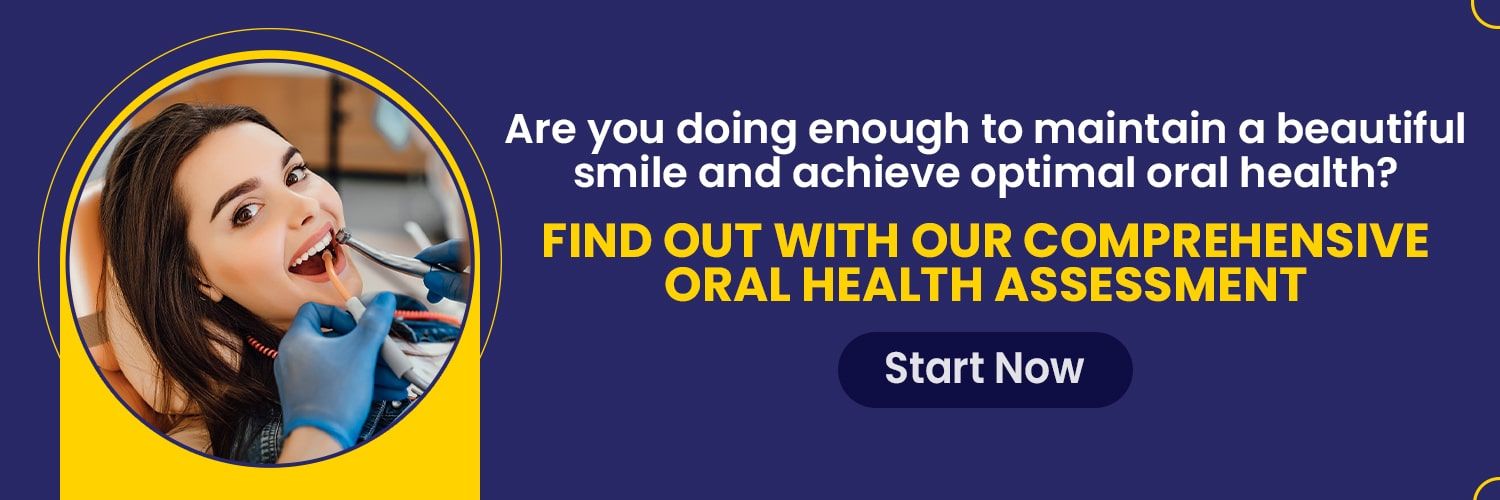Brush Your Teeth The Right Way!
- 1 month ago
Brushing your teeth is part of your daily routine, but are you sure you're doing it the right way? Many people unknowingly use improper techniques, leading to issues such as cavities, gum disease, and bad breath. Learning the correct way to brush can help keep your teeth strong and your smile radiant.
Why Proper Brushing Matters?
Brushing your teeth the right way plays a vital role in maintaining good oral hygiene. It helps to:
- Eliminate plaque, a sticky bacterial film that forms on teeth.
- Prevent cavities and decay by clearing away food particles and acids.
- Lower the risk of gum disease, which can result in tooth loss.
- Keep breath fresh by reducing bacteria buildup.
- Promote overall dental health, reducing the likelihood of infections and discomfort.

Step-by-Step Guide to Effective Brushing
1. Select the Right Toothbrush
Using the right toothbrush is the foundation of good oral care. Choose a soft-bristled toothbrush that can clean effectively without harming your gums. Electric toothbrushes are highly efficient in plaque removal and are often recommended by dentists. Ensure that the toothbrush has a comfortable handle and an appropriately sized head for your mouth.
2. Choose the Right Toothpaste
Fluoride toothpaste is essential as it strengthens enamel and prevents cavities. When selecting toothpaste, look for approval from a recognized dental association. There are specialized options available for sensitivity, whitening, and gum health, so pick one that suits your needs.
3. Brush for Two Minutes
To clean your teeth thoroughly, brush for at least two minutes, twice daily. Many people rush through brushing, leaving behind plaque and bacteria. To ensure proper timing, consider using a timer, playing a short song, or opting for an electric toothbrush with a built-in timer.
4. Follow the Correct Brushing Technique
Using the right technique is crucial for effective cleaning:
- Hold your toothbrush at a 45-degree angle against your gums for effective cleaning.
- Move the brush in gentle, circular motions instead of scrubbing back and forth.
- Make sure to clean every part of your teeth, including the outer, inner, and chewing surfaces.
- Pay close attention to the gum line where plaque accumulates.
- Brush your tongue daily to eliminate bacteria and keep your breath fresh.
5. Avoid Brushing Too Hard
Brushing with excessive force can wear down enamel and cause gum recession, leading to sensitivity and an increased risk of cavities. Use gentle pressure to clean effectively without damaging your teeth and gums.
6. Replace Your Toothbrush Regularly
Toothbrushes become less effective over time. Replace yours every three to four months or sooner if the bristles appear frayed. An old toothbrush may harbor bacteria and fail to clean your teeth properly.
You may also like:
Additional Tips for Optimal Oral Hygiene
1. Floss Daily
Flossing is just as important as brushing, as it removes food particles and plaque from areas a toothbrush cannot reach. Neglecting to floss can lead to cavities and gum disease. You can use traditional floss, floss picks, or a water flosser for added convenience.
2. Use Mouthwash
Antibacterial or fluoride mouthwash can provide extra protection for your teeth and gums. It helps eliminate bacteria, freshens breath, and strengthens enamel. However, it should be used as a complement to brushing and flossing, not a substitute.
3. Limit Sugary and Acidic Foods
Sugary and acidic foods contribute to tooth decay. Bacteria in your mouth feed on sugar, producing acids that weaken enamel. Reduce your intake of soda, candy, and acidic fruits, and opt for calcium- and fiber-rich foods to maintain strong teeth.
4. Schedule Regular Dental Visits
Routine check-ups and professional cleanings are key to long-term oral health. Dentists can detect early signs of dental problems and provide necessary treatments before they worsen. Visiting your dentist every six months is recommended for optimal care.
5. Avoid Tobacco Products
Smoking and tobacco use can lead to gum disease, persistent bad breath, and even oral cancer. They also stain teeth, causing discoloration over time. Quitting tobacco significantly improves both oral and overall health.

Common Brushing Mistakes to Avoid
- Brushing Too Hard – Can cause enamel erosion and gum recession.
- Not Brushing Long Enough – Less than two minutes leaves plaque behind.
- Using a Hard-Bristled Toothbrush – May damage gums and wear down enamel.
- Skipping the Tongue – Leads to bad breath and bacterial buildup.
- Not Replacing Your Toothbrush Regularly – An old brush loses its effectiveness.
- Brushing Right After Eating – Acidic foods weaken enamel; wait at least 30 minutes before brushing.
Conclusion
Brushing your teeth properly is a simple yet essential habit for maintaining excellent oral health. By using the right techniques, selecting suitable products, and maintaining a consistent routine, you can prevent dental issues and enjoy a bright, healthy smile. Combine brushing with flossing, a balanced diet, and regular dental visits for the best results. A healthy mouth contributes to overall well-being, so take good care of your teeth!








